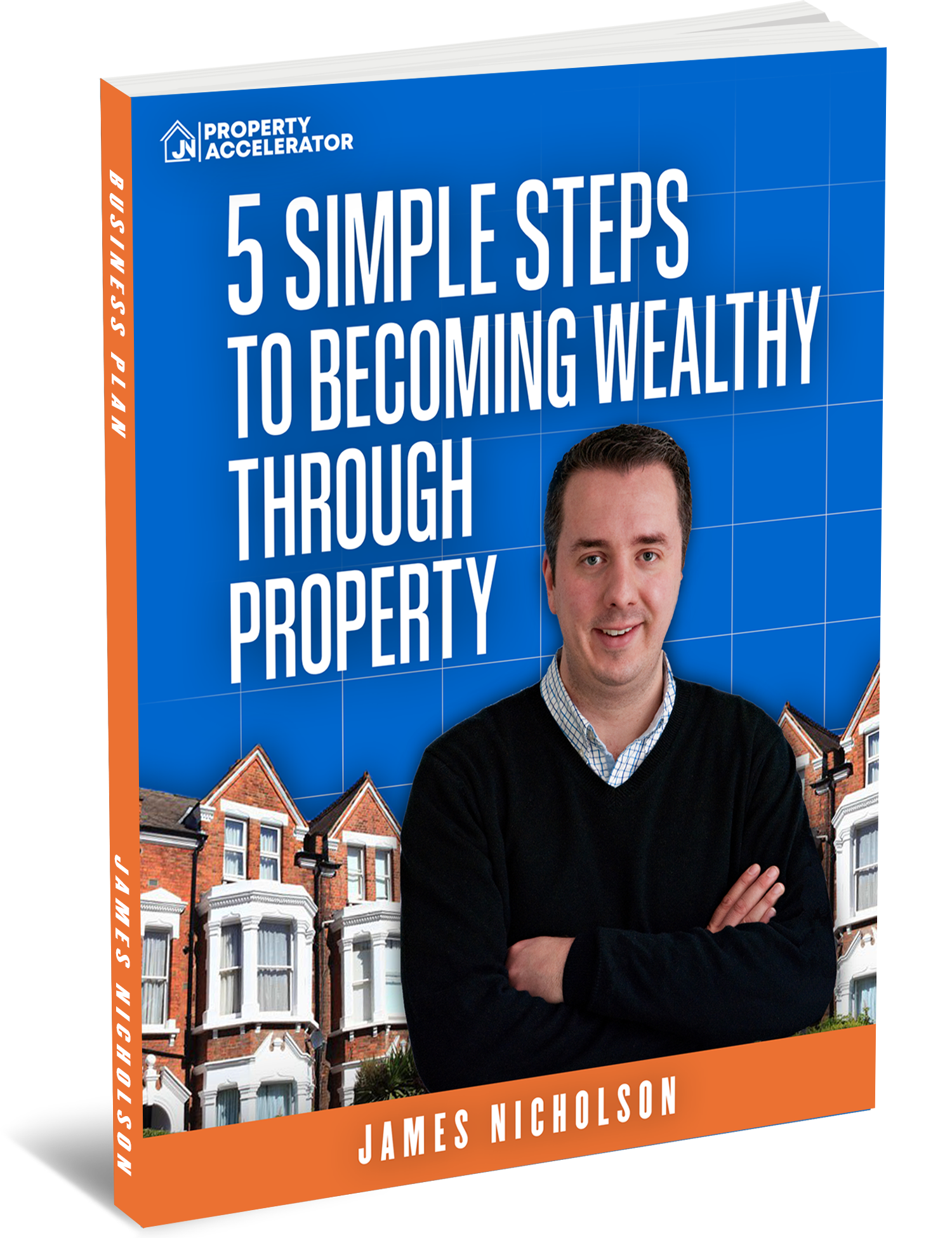Labour’s proposal to introduce a new levy on homes worth more than £500,000 has been met with strong criticism, with many branding it a “tax on ordinary Londoners”. Opponents argue that the plan, if pushed forward, would place the heaviest burden on families in the capital who are already struggling with high living costs and rising mortgage rates.
The plan is being considered as part of Chancellor Rachel Reeves’ wider review of the housing and taxation system. Early reports suggest that Labour is looking at replacing the current stamp duty model with a new property levy linked directly to the value of the home. This would mean that instead of paying tax only when purchasing, homeowners could also face annual charges on properties above the £500,000 threshold.
Currently, stamp duty applies to property purchases over £125,000, with a special threshold of £300,000 for first-time buyers. Under the existing system, a first-time buyer purchasing a £500,000 property pays £10,000 in stamp duty. While this can be a significant cost, critics argue that it is at least a one-off payment, unlike the potential new levy which could impose ongoing financial pressures.
Estate agent Simon Gerrard, chairman of Martyn Gerrard Estate Agents and a long-standing critic of stamp duty, has spoken out against Labour’s proposals. He argues that the new levy is being presented as a way of taxing the wealthy but in practice, it unfairly targets ordinary working people in London.
Recent data from property website Rightmove shows that the average home in London is valued at £666,983, far above the national average. Gerrard warns that with house prices at this level, Labour’s £500,000 threshold would disproportionately impact London families. He describes the move as effectively introducing a “London tax”, which will make it even harder for working people to get on or move up the property ladder.
Gerrard believes the threshold must be set much higher in London to reflect the reality of the market. Without an adjustment, he warns, the new levy risks creating an unfair system that penalises families in the capital, while homeowners in other regions remain largely unaffected.
Television presenter Kirstie Allsopp also criticised the plan, calling it destabilising for both homeowners and the wider housing market. In an interview with Times Radio, she argued that many families have made significant sacrifices to afford their homes, and should not be punished with new annual charges. She further warned that the levy could undermine confidence in the market, leaving buyers and sellers uncertain about their financial future.
Critics also highlight that the proposed levy could distort property values around the £500,000 mark. Homes priced just below the threshold could see a surge in demand, while those above it may struggle to sell, as potential buyers seek to avoid the added cost. This could create a bottleneck in the market and drive even sharper price increases for homes just under the limit.
The Treasury has reportedly been briefed on the proposals, which may be introduced during this parliament. One option under discussion is a national levy that would apply to main residences, replacing stamp duty entirely. Another, more ambitious, option could see council tax scrapped and replaced with a broader local property tax in the future.
However, Treasury sources have indicated that such sweeping reforms would not happen overnight. Any changes to council tax are likely to be considered only if Labour secures a second term in government. In the meantime, the focus would be on trialling the property levy as a replacement for stamp duty.
Supporters of the idea argue that the current stamp duty system is outdated and unreliable. While it raised £11.6 billion for the Treasury last year, revenues vary significantly depending on the strength of the housing market. A property levy, in theory, would provide a steadier and more predictable income stream for public services.
Labour’s deputy leader Angela Rayner has previously called for policies that target property wealth more fairly, suggesting that reforms could help create a system that reflects modern housing realities. Chancellor Reeves is also under pressure to raise funds without breaking Labour’s pledge not to increase income tax, national insurance or VAT for working people.
Data from Nationwide shows the average UK house price in July stood at £272,664, which means that most parts of the country would be unaffected by the £500,000 threshold. However, the situation is very different in London and other expensive regions, where the majority of family homes already exceed this value.
The proposals have been influenced by a report from the think tank Onward, written by Dr Tim Leunig, a former government adviser. He argued that the current system is deeply unfair, with some households in cheaper areas paying more in council tax than owners of luxury properties in wealthy parts of London. He believes a property-based levy could help balance this inequality.
Even so, experts warn that implementing such a levy carries serious risks. With only around 20% of property transactions expected to fall under the new system, compared with 60% under stamp duty, it could leave the market unbalanced. Critics argue that this might cause more disruption than stability, especially in the already volatile London housing sector.
A Treasury spokesperson has stressed that the government’s priority is to deliver economic growth, and that any tax reforms will be carefully considered. They added that Labour remains committed to keeping taxes low for ordinary households while addressing long-term financial challenges. The debate, however, is far from over, with housing experts, campaigners and families across London waiting to see how the proposals will unfold.


